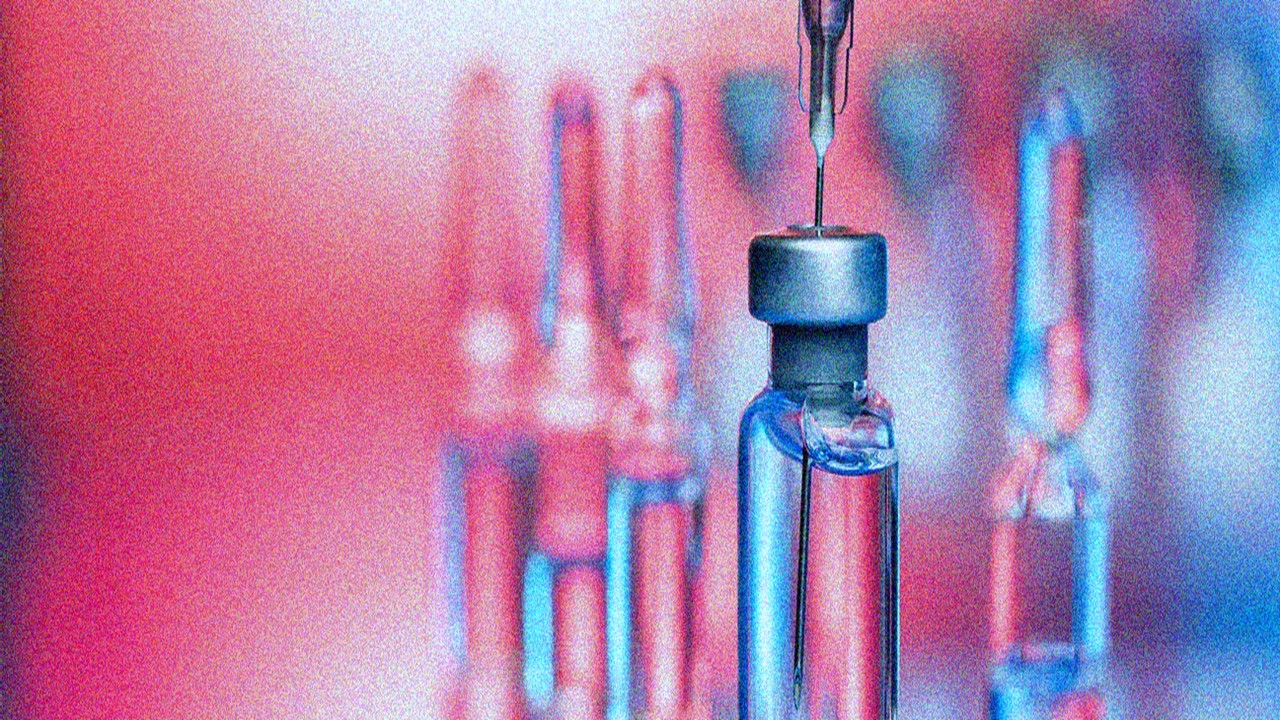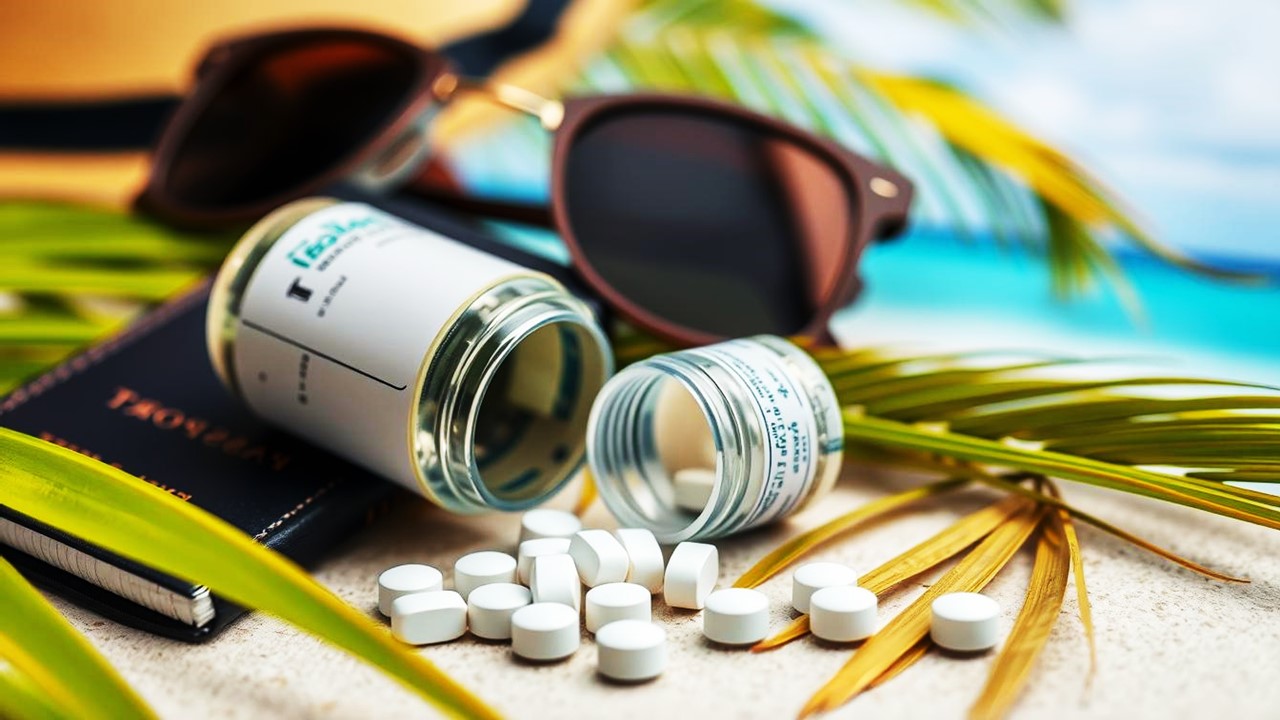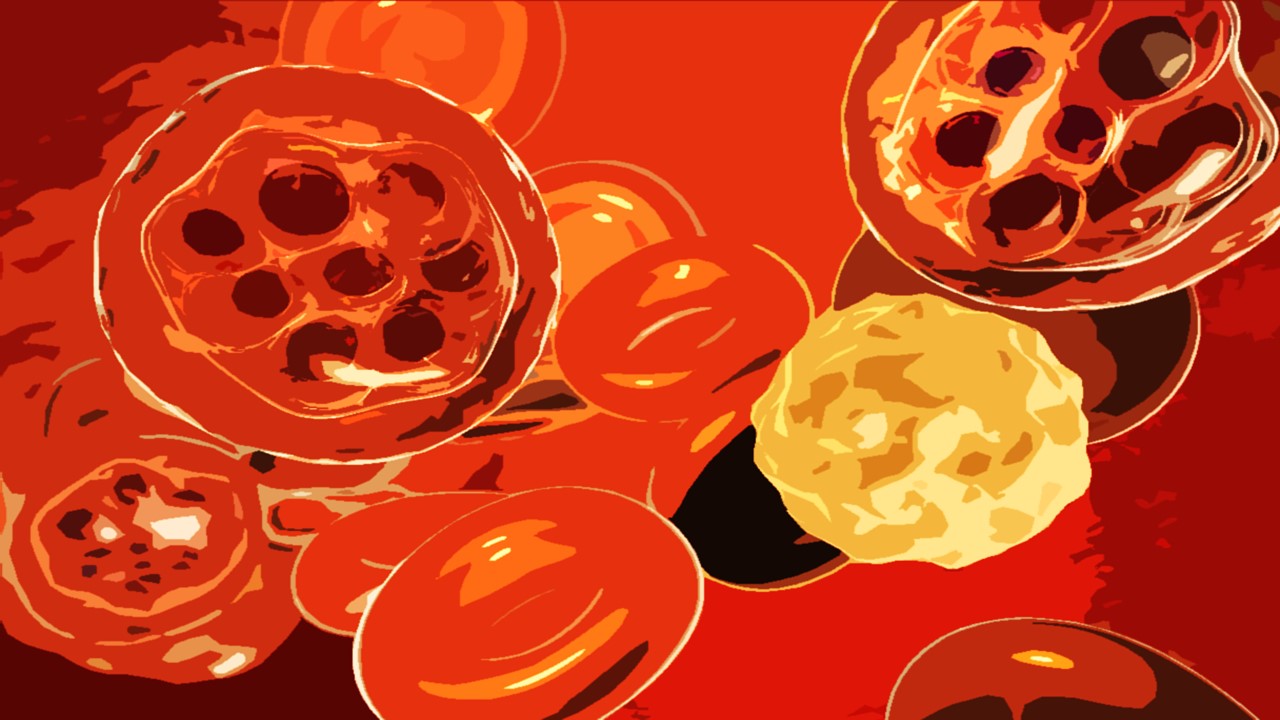As we exit another winter rife with acute waves of infection from SARS-CoV-2, particularly the Omicron variant, we see increasing efforts from throughout the life sciences sector for new solutions to prevent similar winters in the future. The industry remains focused on dealing with COVID-19, particularly the Omicron variant – but also in preparing for the possibility of future variants. Key stakeholders, including the WHO, highlight shortcomings in approaches used against Omicron, in an effort to ensure the world is better prepared should a new variant emerge.
Restrictions Eased Across Europe
With Omicron showing no sharp rises in mortality, and many nations having already experienced the peak of infection from the wave, we see moves to ease restrictions and social distancing guidance across the continent. In the UK, the directives for mandatory face masks, COVID passports and work-from-home guidance were removed just last week – though commentators speculate that the move may have been motivated by political expectations rather than pure data. While the UK is widely speculated to be beyond the peak of infection, other worrying trends exist and are expected to worsen as restrictions ease, particularly in children. Minors in the UK still lag behind in vaccination rates compared to adults, and rapid spikes in infection and hospitalization are seen as they are allowed to return to school with fewer measures.
Vaccinations and Dealing with Future Variants
As governments around the world breathe a sigh of relief at the ever-closer prospect of overcoming the Omicron wave, experts look to the future and improvements that could have been made. The World Health Organization issued a statement casting doubt on the current policy of repeating booster doses of vaccines developed for prior variants, calling the policy expensive and unsustainable. To reduce the number of vaccinations needed, the WHO urged for the development of multivalent, or variant-specific monovalent, vaccines that can reduce transmission of variants of concern – rather than pouring resources into repeat boosters to simply lower disease severity.
This is an obvious area for improvement, particularly as we consider the shortage of vaccinations in low and middle income countries – while the developed world is already well on its way to triple-dosed supermajorities. Such future insights are particularly important – with a sub-lineage of the Omicron variant, BA.2, already being identified as a variant under investigation. The sub-lineage has shown particular growth in Denmark, as well as being detected in countries across the world; experts posit that it may show accelerated growth rates compared to ancestral Omicron.
Vaccine Nocebo Effects
Much of the world has seen high-profile debates regarding the safety and efficacy of vaccinations in response to COVID-19, with anti-vaccination movements being particularly vociferous. A new review published in the Lancet sheds light on the effects such controversies may have had – showing the significance of the nocebo effect in experiencing side effects after receiving a jab. The nocebo effect describes negative effects arising from negative expectations regarding a treatment. The study found that all vaccine side effects, aside from local injection site inflammation, were largely attributable to the nocebo effect.
Developments in Treatments and their Distribution
In a sign of hope, pharma giant Merck has embarked on an agreement with UNICEF for the distribution of molnupiravir to low and middle income countries. The agreement will see Merck make 3 million doses of the treatment available to UNICEF, which will be distributed to over 100 countries. Molnupiravir is ideally suited among current treatments for use in the developing world: it has far fewer infrastructural requirements than monoclonal antibodies, which require hourly infusions on-site, and fewer documented adverse interactions than ritonavir (part of the Paxlovid treatment sold by Pfizer).
Surprising findings were also reported in Science Advances, with a study reporting a significant negative relationship between patients prescribed with high-dose Cannabidiol and testing positive for SARS-CoV-2. The study postulates that Cannabidiol inhibits viral gene expression and the effects of the virus on intracellular machinery – preventing or lessening the severity of infection. This comes after a prior study had found that Cannabinoid acids were able to prevent the entry of the coronavirus into human cells. The effects were observed with particularly high-grade CBD preparations, and the researchers stress the unlikelihood that more common cannabis sources could replicate the effects. However, such findings highlight the importance of re-examining existing pharmaceuticals to deal with novel problems, as was done with Paxlovid.
The development of novel antivirals remains an imperative for the industry. This is due to multiple shortcomings with the current crop of antivirals, such as: supply chain issues caused by the complexity of their manufacture, adverse event and interactivity profiles, but also the threat of the virus developing resistance to them. A study has already observed the potential for SARS-CoV-2 to develop resistance to remdesivir – which is to be expected for antivirals used outside of combination treatments, as we have seen in other viral diseases such as HIV-1. Researchers are looking at diversifying the targets of antiviral treatments against COVID, while cooperation across the industry may be required to develop multi-drug cocktails that are less prone to resistance.
Moving on from a pandemic
Moving on from the pandemic will not be a matter of chance – but a matter of choice to adhere to sound policies and accelerated pharmaceutical innovations. What is unavoidable, however, is the sheer number of people that will remain afflicted with long COVID – and the need to better understand the condition and how to deal with it. A new review published in the BMJ highlights the shortcomings of European healthcare infrastructures in supporting and studying patients who report long COVID symptoms. Encouragingly, new findings also suggest that vaccines may lower the risk of lasting COVID sequelae, although further research may be required to confirm this. Interestingly, other research posits that even patients who do not report any long COVID symptoms can experience effects such as memory degradation.
The findings here make it clear that our own awareness of long COVID needs to improve massively. The gradual process of moving past the Omicron wave has already begun, with the industry and key research advocates bracing to ensure the lessons learned are not forgotten. But as we look back at Omicron, we must also look to the future – and ensure we have more robust plans, and treatments, in place to deal with future variants – and pandemics.
Subscribe
to get our
LATEST NEWS
Related Posts

Infectious Diseases & Vaccinology
Harnessing IgA: A Breakthrough in HIV Vaccine Innovation
A vaccine eliciting strong IgA responses could revolutionize HIV prevention by protecting the virus’s primary entry points.

Infectious Diseases & Vaccinology
Prostate Cancer Precision-Targeting: The Promise and Challenges of Vaccine Therapies
The future of prostate cancer vaccines lies in combination therapies that harness the strengths of multiple modalities.













